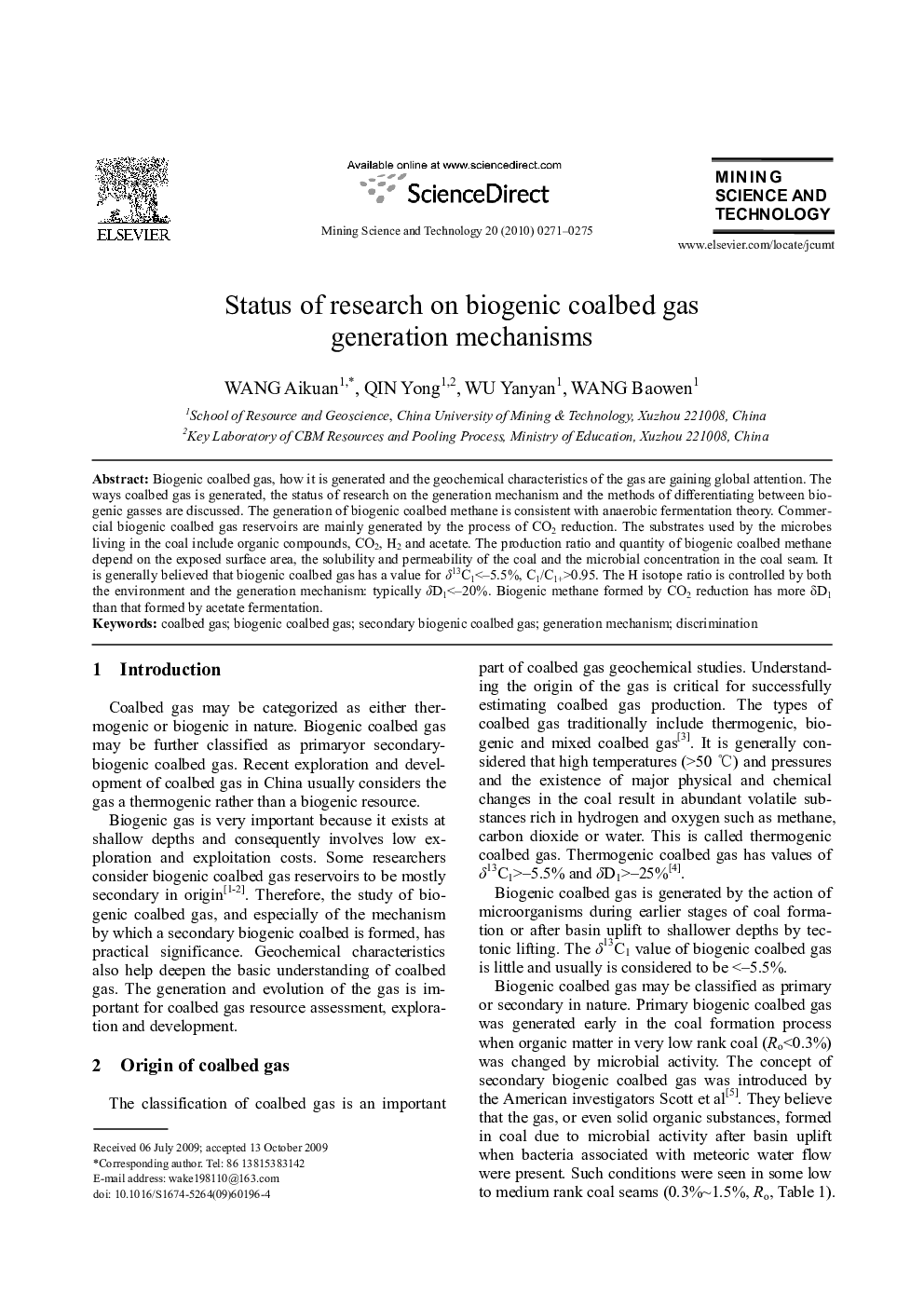| Article ID | Journal | Published Year | Pages | File Type |
|---|---|---|---|---|
| 294728 | Mining Science and Technology (China) | 2010 | 5 Pages |
Biogenic coalbed gas, how it is generated and the geochemical characteristics of the gas are gaining global attention. The ways coalbed gas is generated, the status of research on the generation mechanism and the methods of differentiating between biogenic gasses are discussed. The generation of biogenic coalbed methane is consistent with anaerobic fermentation theory. Commercial biogenic coalbed gas reservoirs are mainly generated by the process of CO2 reduction. The substrates used by the microbes living in the coal include organic compounds, CO2, H2 and acetate. The production ratio and quantity of biogenic coalbed methane depend on the exposed surface area, the solubility and permeability of the coal and the microbial concentration in the coal seam. It is generally believed that biogenic coalbed gas has a value for δ13C1<−5.5%, C1/C1+>0.95. The H isotope ratio is controlled by both the environment and the generation mechanism: typically δD1<−20%. Biogenic methane formed by CO2 reduction has more δD1 than that formed by acetate fermentation.
